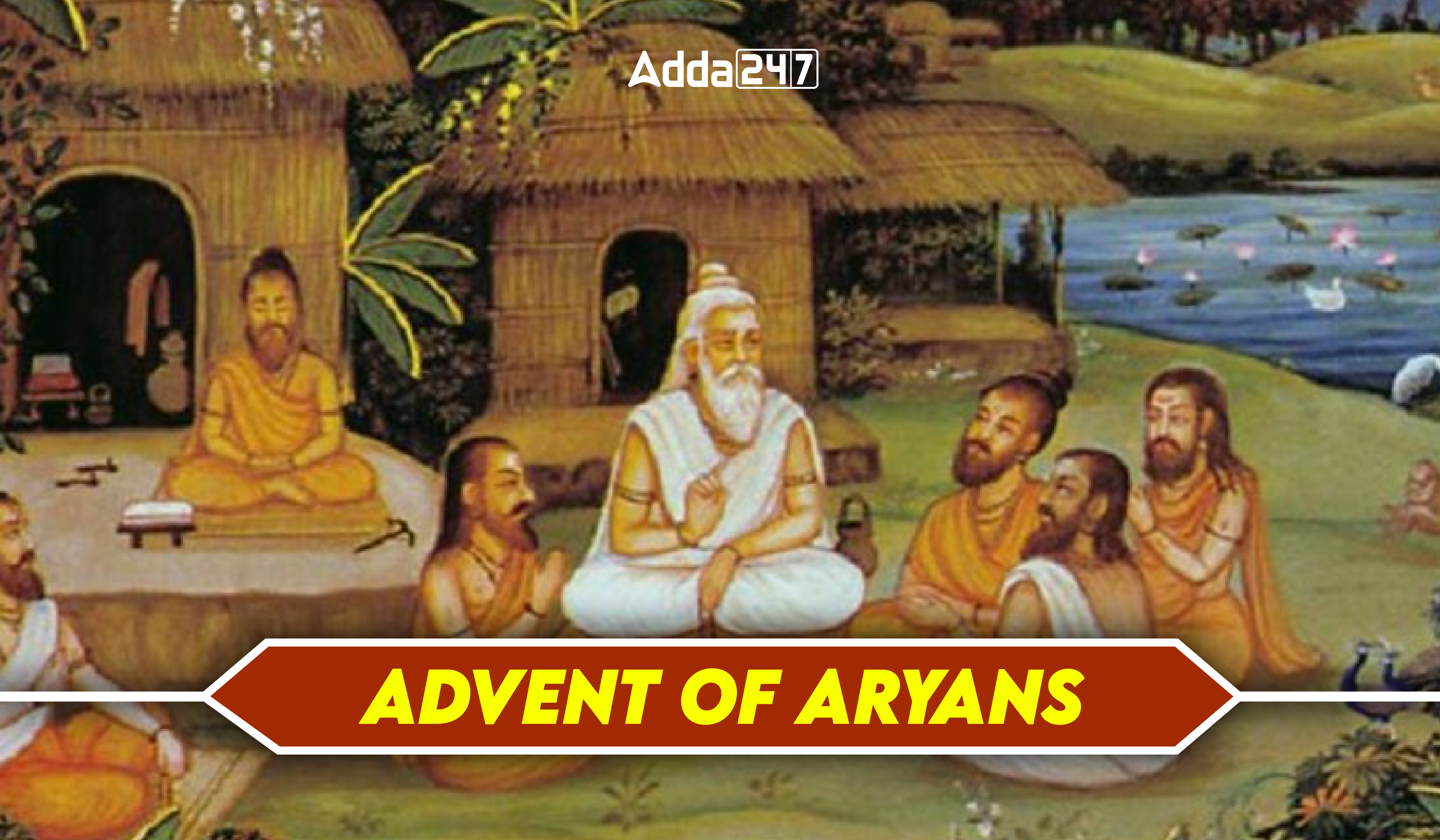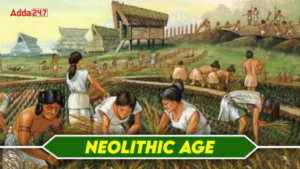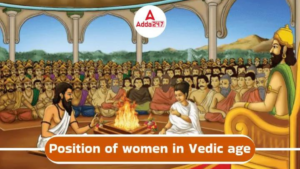Table of Contents
Around 1800-1000 BCE, Indo-Aryan tribes speaking ancestral languages of Sanskrit migrated from Central Asia into northwest India. Their arrival, coinciding with the decline of the Indus Valley Civilization, is a debated topic. These migrants laid the groundwork for Vedic civilization, shaping Hinduism’s core beliefs and social structures. In the UPSC Examination, this topic asked various times to know about candidate history knowledge
Advent of Aryans
Indo-Aryan-speaking people migrated through the northwestern mountains and settled in the northwestern region, initially in Punjab and later in the Gangetic plains. Referred to as Aryans or Indo-Aryans, they spoke languages like Indo-Iranian, Indo-European, or Sanskrit. The exact origins of the Aryans remain unclear, with various scholars offering differing perspectives. Some suggest their presence in regions such as the East of the Alps (Eurasia), Central Asia, the Arctic region, Germany, and Southern Russia.
Originally, “Aryan” denoted a group believed to speak an ancient Indo-European language and to have migrated and settled in prehistoric times in ancient Iran and the northern Indian subcontinent. The Aryans settled in India during the Early Vedic Period, known as the Saptasindhu or the land of seven rivers, which include the Jhelum, Chenab, Ravi, Beas, Sutlej, Indus, and Saraswati.
Advent of Aryans in India
From 1800 to 1000 BCE, Indo-Aryans arrived in India, marking a significant turning point in the history of the subcontinent. These nomadic people spoke Indo-Iranian languages, which are the predecessors of Sanskrit, and were probably from Central Asia.
- Their migration into the northwestern regions of the Indus Valley coincided with the decline of that civilization.
- The exact nature of their arrival is debated, with some theories suggesting a conquest and others a more gradual integration.
- Regardless, the Indo-Aryans laid the foundation for Vedic civilization, with its social hierarchy, horse-centric culture, and fire sacrifices.
- The Vedas, the earliest Hindu scriptures, were composed during this period, shaping religious beliefs and laying the groundwork for Hinduism, a religion that continues to influence India profoundly.
Chronology of Advent of Aryans
The period between 1500 B.C and 600 B.C witnessed the division into the Early Vedic Age (also known as the Rig Vedic Period) and the Later Vedic Age. These topics are very helpful for UPSC Exam preparation
- Rig Vedic Period: 1500 B.C – 1000 B.C; During this era, it is believed that the Aryans invaded India.
- Later Vedic Period: 1000 B.C – 600 B.C
Characteristics of the Vedic Period
To learn more, the characteristics of the Vedic Period are detailed in depth here. The applicant can read the following items in the section below.
I. Vedic Literature: The term “Veda” originates from a root word meaning ‘to Know’ or ‘Superior Knowledge’. There are four principal Vedas:
- Rig Veda: Comprising 10 books and 1028 hymns dedicated to various deities. Books II to VII, known as the Family Books, are attributed to family sages like Gritsamada, Vishvamitra, Bamadeva, Arti, Bharadvja, and Vasishtha.
- Yajur Veda: Expounds on political and social life, alongside rules and regulations to be adhered to. It is divided into two branches: Krishna Yajur Veda and Shukla Yajur Veda.
- Sama Veda: A compilation of chants and prayers, encompassing 1810 hymns.
- Atharva Veda: Comprises magical spells, knowledge of Indian Medicine, and descriptions of folk dances.
Brahmanas:
- Belonging to the second class of Vedas, Brahmanas are associated with prayers and sacrificial ceremonies.
- The Tandyamaha Brahmana is regarded as the oldest and is rich in legends.
- Among these legends is the Vratyasoma ceremony, which describes how non-Aryans could be converted into Aryans.
- Satapatha Brahmana holds significant importance as the most voluminous text, providing insights into philosophy, theology, and the customs of the Vedic Period.
- The final segment of Brahmana literature is the Aranyakas, with two parts attached to the Rig Veda: Aitareya and Kausitaki.
- Upanishads, comprising 108 philosophical texts dealing with the soul, are derived from Brahmana literature.
- Among the oldest Upanishads are the Brihadaranyaka and Chandogya.
- The phrase “Satyamev Jayate” is found in the Mundaka Upanishad.
II. Aryan Conflicts
- Around 1500 B.C., the initial wave of Aryans invaded India.
- They encountered conflicts with the indigenous inhabitants known as the dasas or dasyus.
- Although the dasas did not often provoke violence, the Rig Veda frequently mentions dasyuhatya or the slaughter of dasyus.
- Indra is also referenced as Purandara in the Rig Veda, meaning ‘breaker of forts’, possibly referring to pre-Aryan forts, potentially Harappan settlements.
- The Aryans possessed superior arms, coats of mail (varman), and horse-drawn chariots, aiding in their conquest of the natives.
- Aryan conflicts included battles against indigenous populations and internal disputes among themselves.
- The Aryans were organized into five tribes known as Panchajanas and occasionally sought assistance from non-Aryans.
- Bharata and Tritsu, assisted by the priest Vasishtha, ruled the Aryan clan, with the country Bharatvarsha named after King Bharata.
III. The Dasarajan War
- Ruled by the Bharata clan, India faced opposition from ten kings, comprising five Aryans and five non-Aryans.
- This conflict, known as the Battle of Ten Kings or the Dasarajan War, was fought on the river Parushni (Ravi) and was won by the Sudas.
- Subsequently, the Bharatas allied with the Purus to form a new clan called the Kurus.
- In later Vedic times, the Kurus and the Panchalas played significant roles in the politics of the upper Gangetic plains, establishing joint rule.
IV. Rivers in the Vedic Age
- The Rig Veda refers to the term ‘Sapta Sindhu’ or the group of seven chief rivers.
- These seven rivers likely included:
-Saraswati in the east,
-Sindhu (Indus) in the west,
-Satudru (Sutlej),
-Vipasa (Beas),
-Asikni (Chenab),
-Parushni (Ravi), and
-Vitasta (Jhelum) in between.
Early Arrivals of Advent of Aryans
The concept of “early arrivals” within the “Advent of Aryans” is debatable due to the ongoing discussions about the exact nature of their migration. Here’s why:
- Timing Uncertainty: Estimates place the Indo-Aryan migration between 1800 BCE and 1000 BCE, making it difficult to pinpoint specific “early” arrivals within that timeframe.
- Gradual vs. Conquest: Theories differ on whether it was a violent conquest or a more gradual infiltration. If it was gradual, there wouldn’t be a single point marking “early arrivals.”
However, some argue for an earlier arrival based on linguistic evidence. If you’re interested in this perspective, you can explore the presence of Indo-Aryan loanwords in the Indus Valley Civilization script, suggesting possible interaction before the civilization’s decline.



 Bishnoi Movement - History, Objective, a...
Bishnoi Movement - History, Objective, a...
 Neolithic Age- Agriculture, Tools, Potte...
Neolithic Age- Agriculture, Tools, Potte...
 Position of Women in Vedic Age: Societie...
Position of Women in Vedic Age: Societie...





